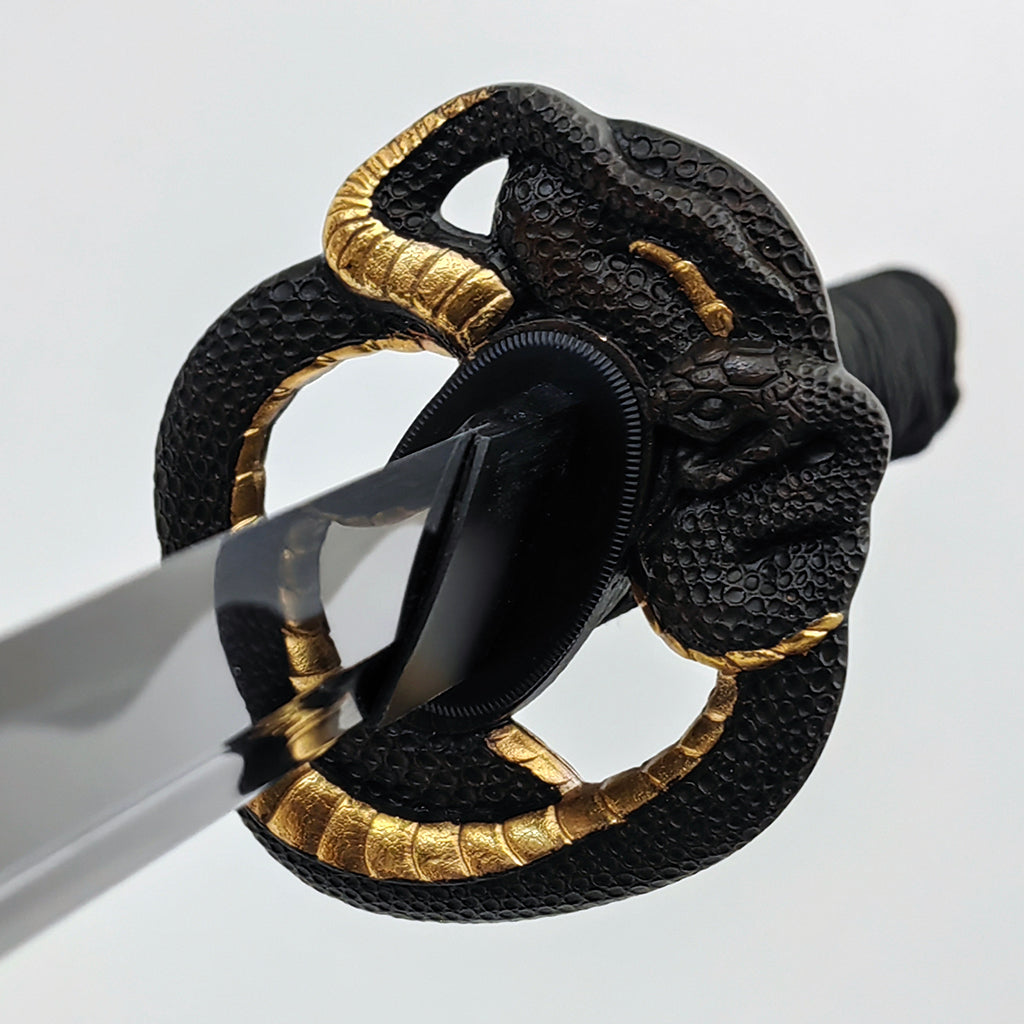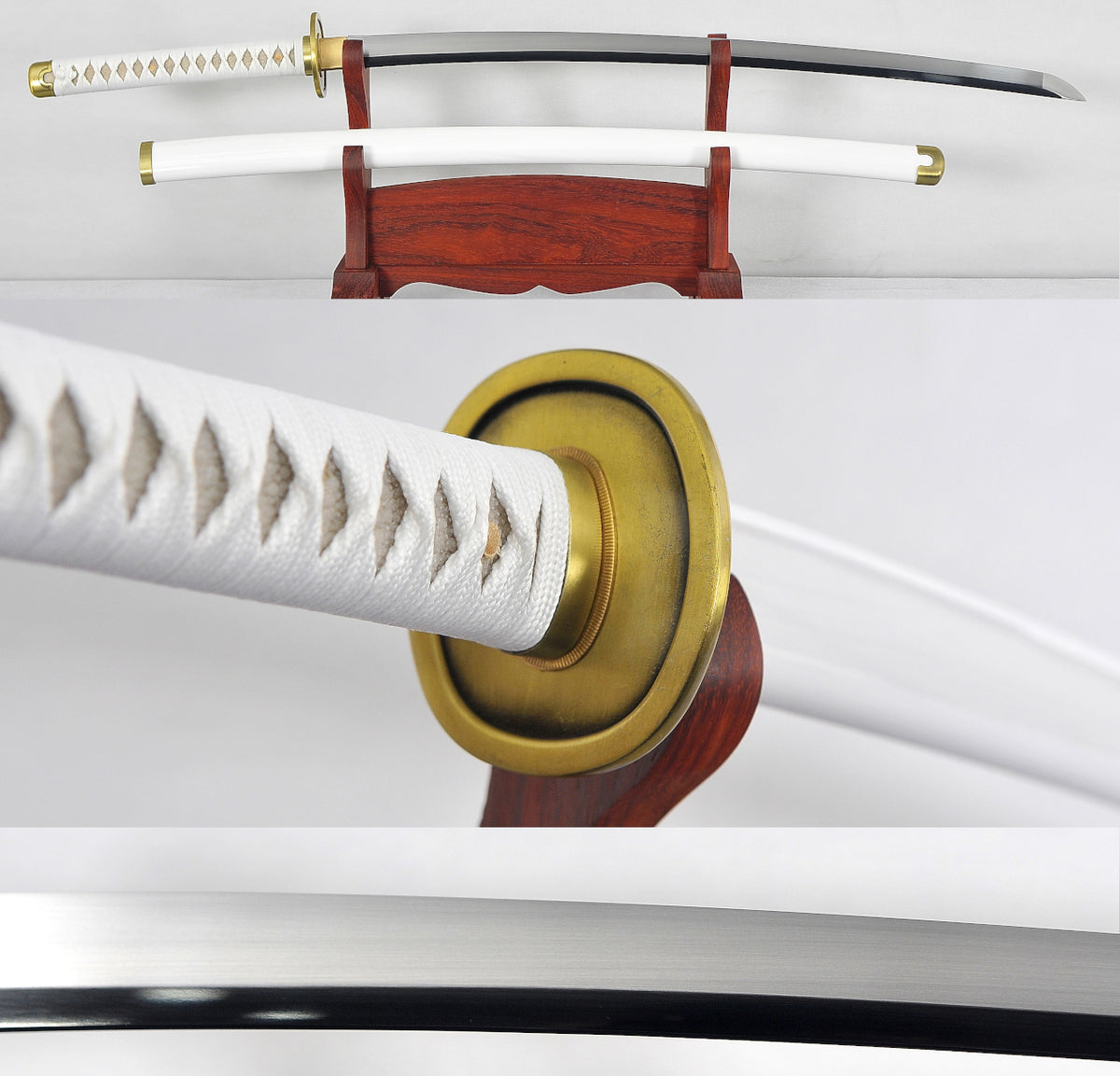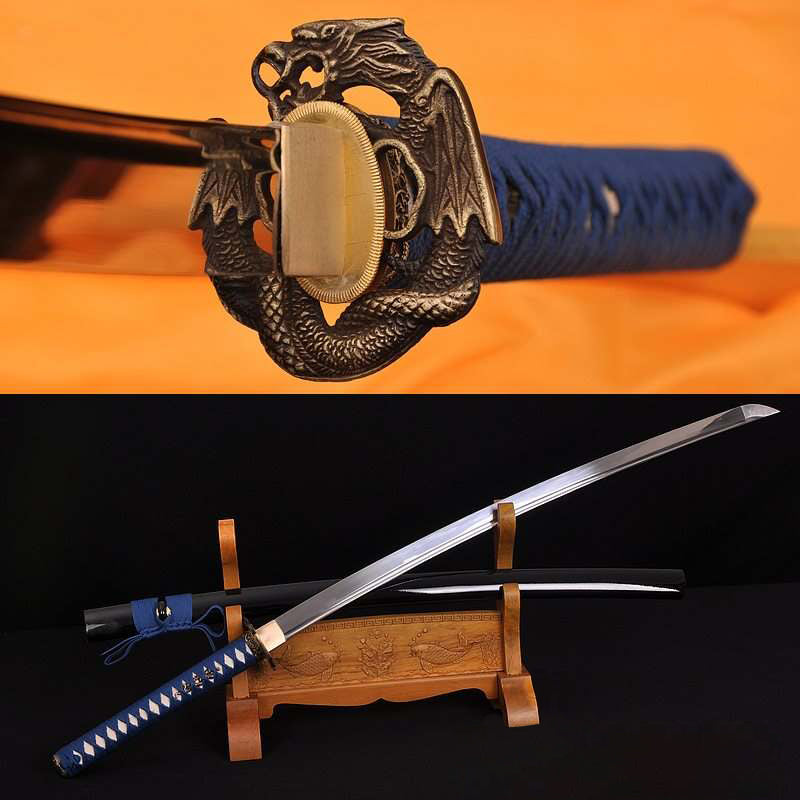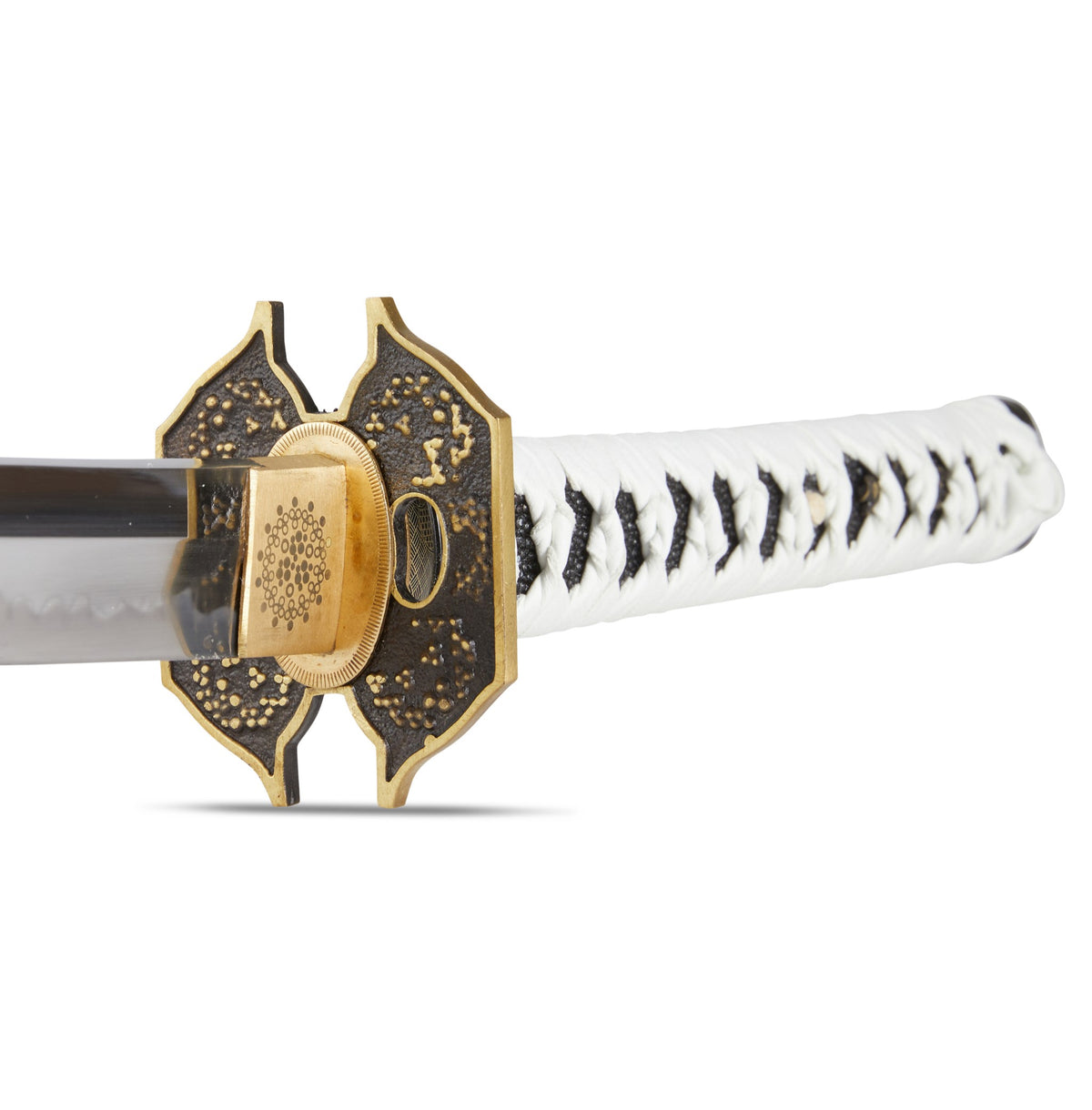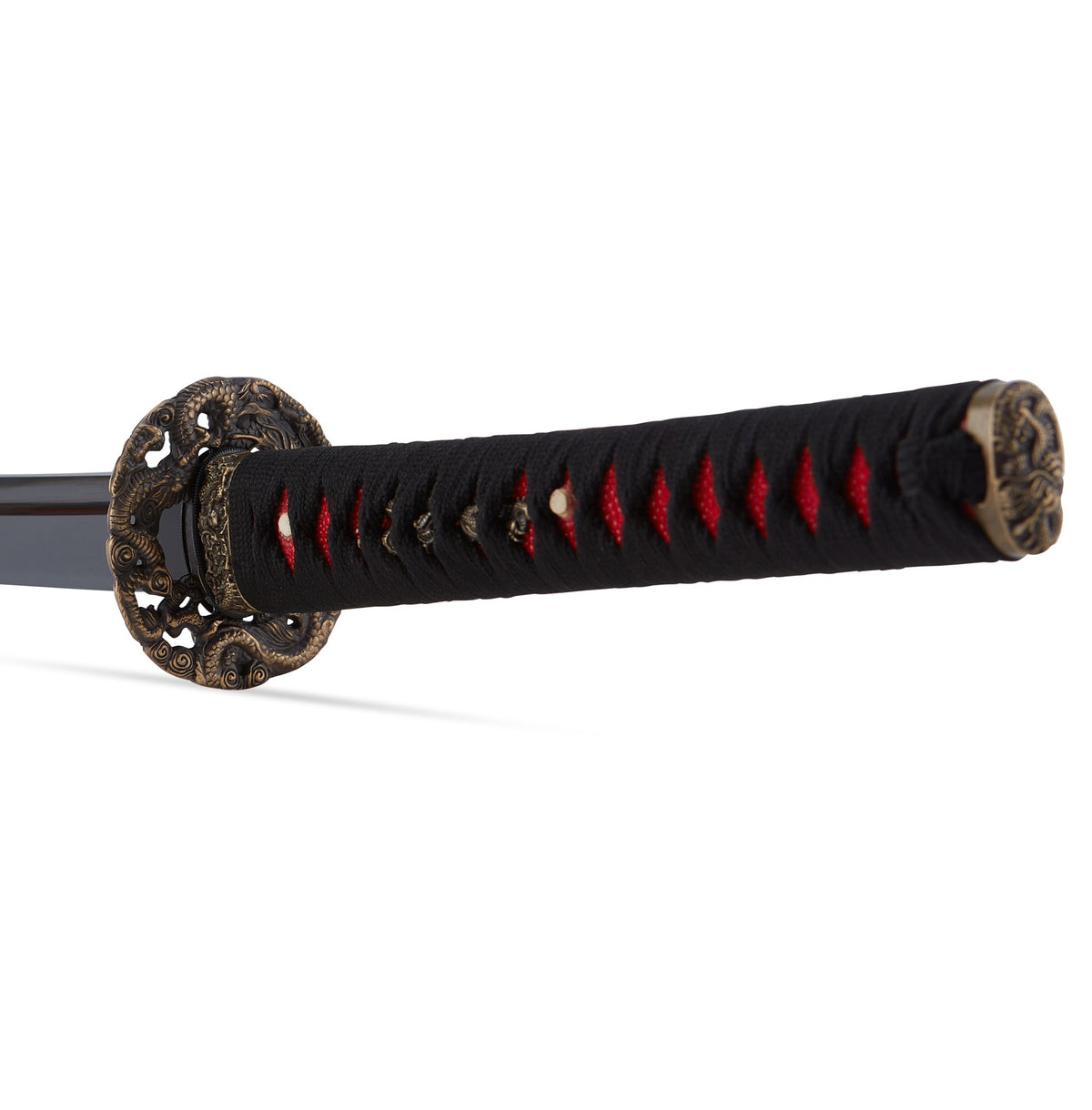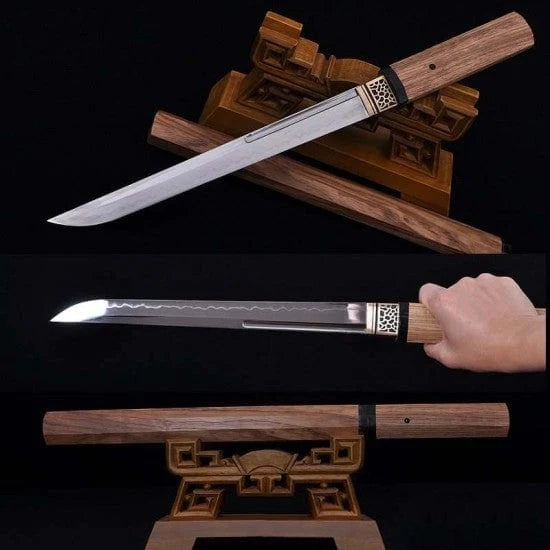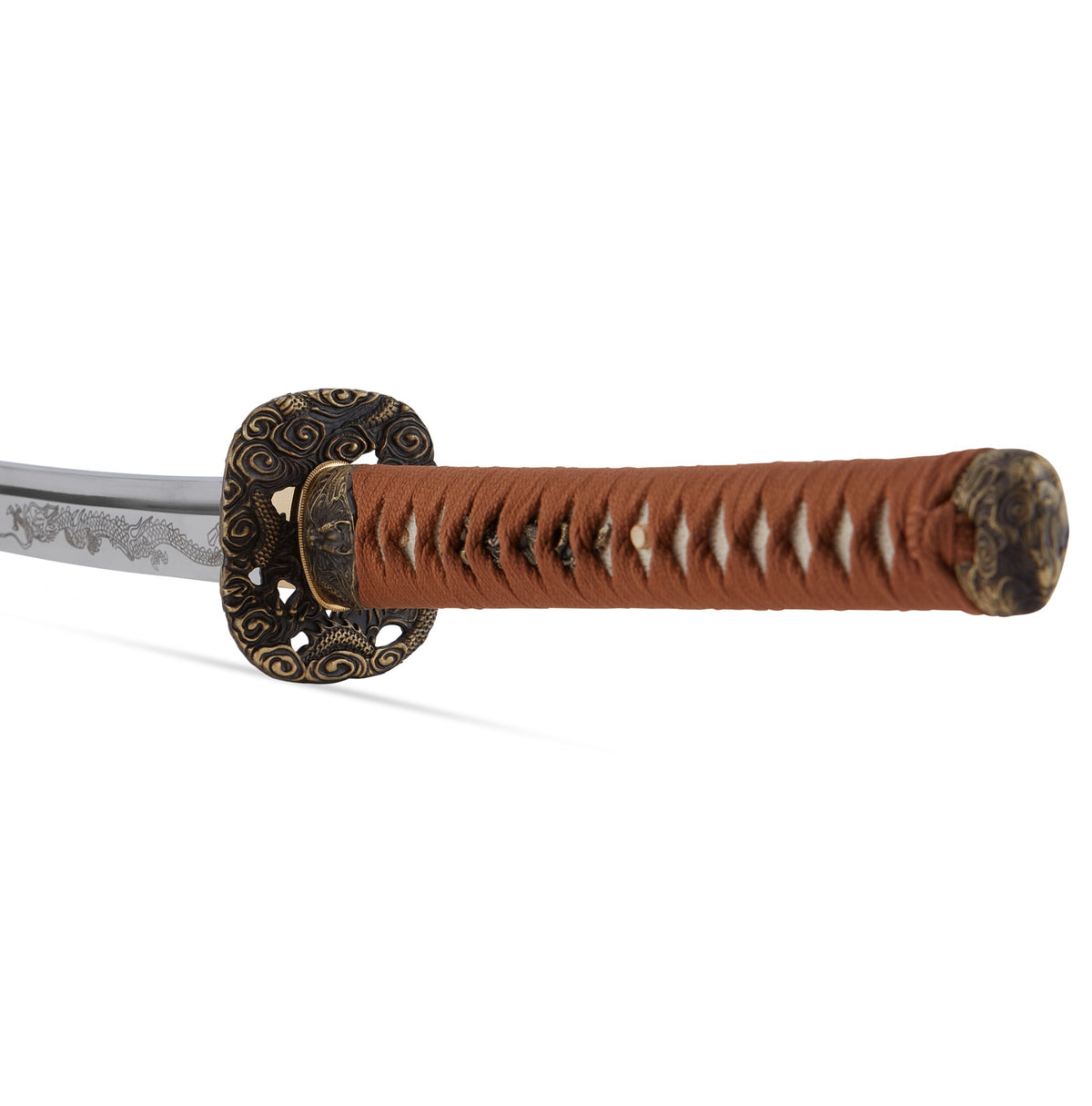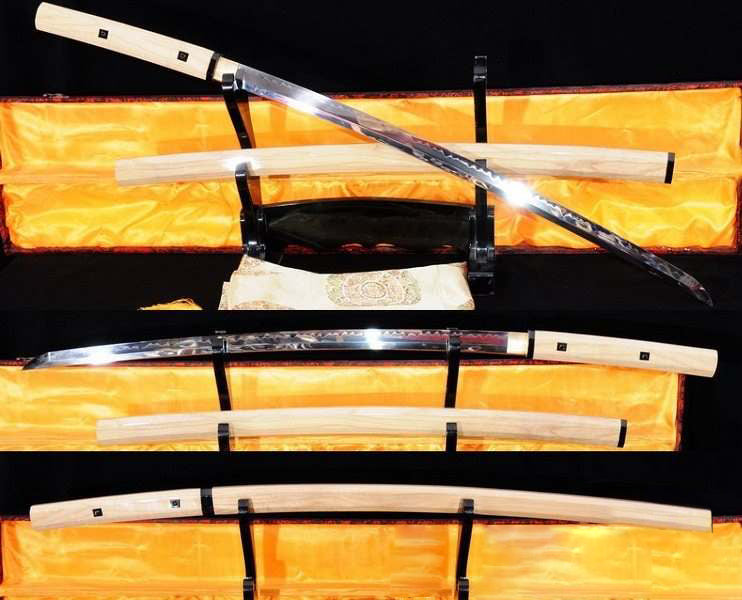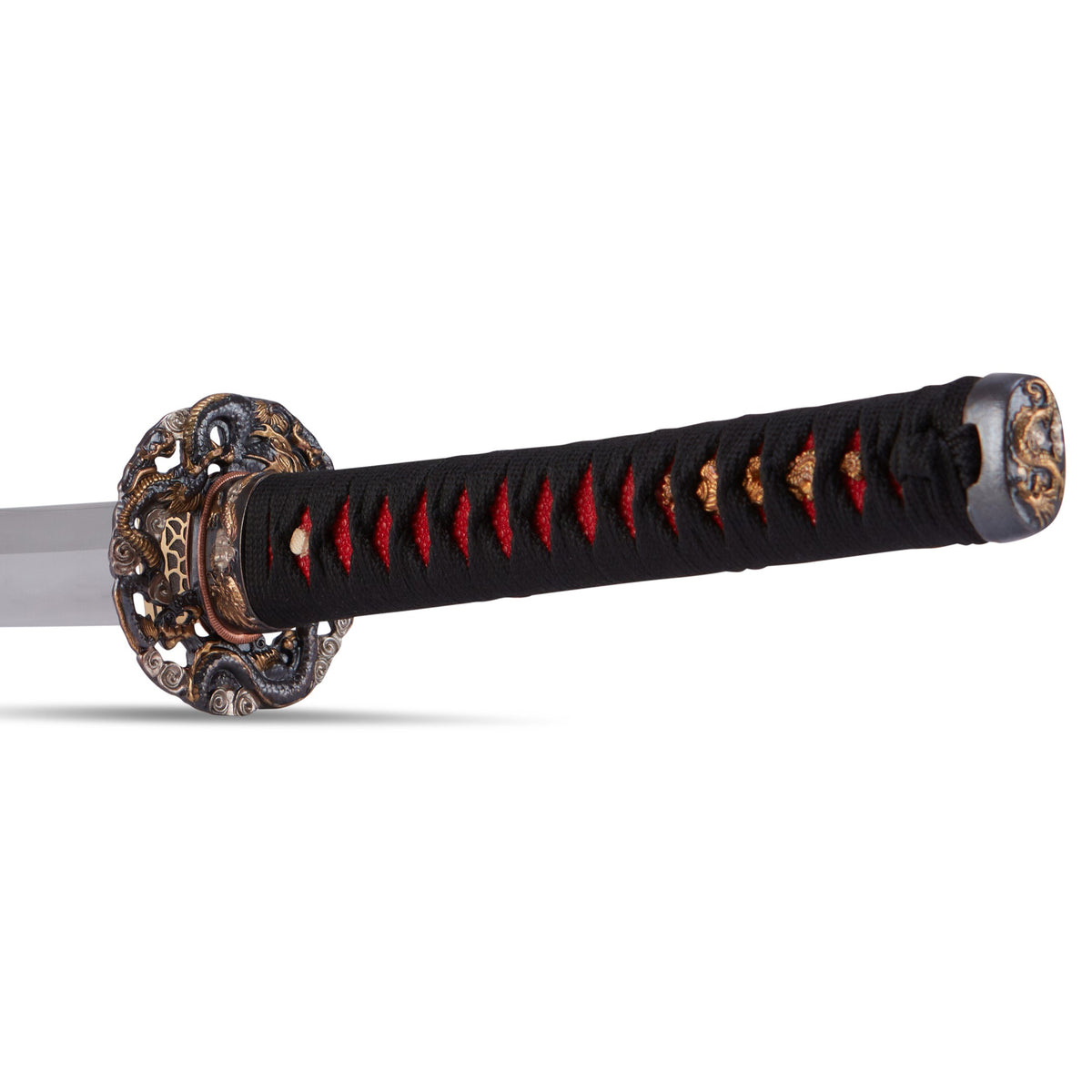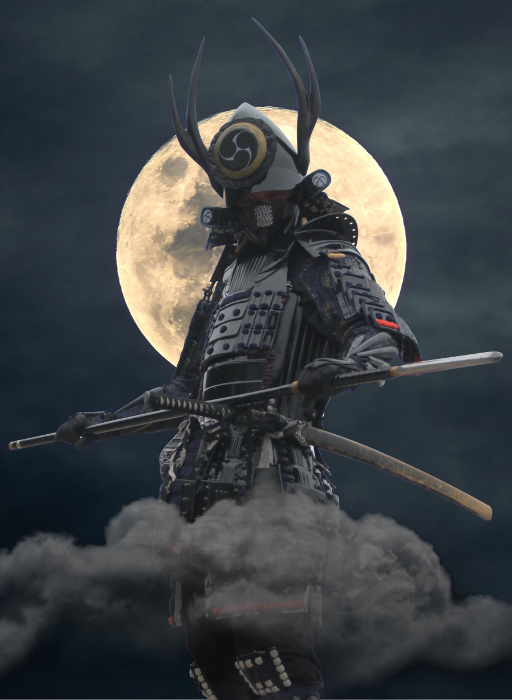Hattori Hanzo - Samurai General Turned Leader of Ninja
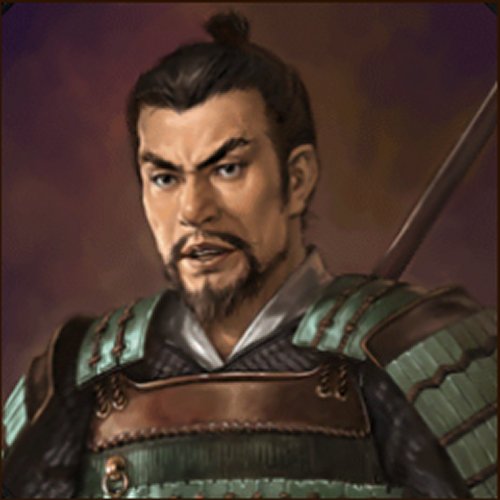
When talking about the legendary Hattori Hanzo, we’re not talking about the swordsmith from Kill Bill, the fighter from the arcade game Samurai Shodown, or the character from Overwatch; but a famous samurai in the Sengoku era, a time in Japan that was marked by social chaos, political upheaval, and constant military conflict.
Some might argue that Hanzo was actually a ninja, and yes he was involved in ninja activity, going on to become the leader of an entire ninja clan, but in the beginning of his career he was a samurai military commander. In fact, his military strategy and fearlessness on the battlefield would earn him the name Oni no Hanzo, meaning ‘Hanzo the Demon’. Hanzo was born in Mikawa in 1542 with the name Masanari, where his father, Hattori Hanzo Yasunaga, would raise him. Yasunaga was known as a minor samurai to the Matsudaira, a clan who would become the great Tokugawa clan and would rule over Japan as Shoguns between the 17th and 19th centuries.

Hattori Hanzo Ukiyo-e
Hanzo would begin his training very early, some saying he began taking to the sword as early as the age of eight. Some stories include Hanzo climbing a mountain as a child, where he would meet ancient teachers of the sword and mystics. But much of Hanzo’s life is unknown to us, and despite varying accounts of his supposed acts, many of them can not be proven. In fact, one of the only real credible events that we can be sure took place, was his escort of the future Shogun, Tokugawa Ieyasu. You see, back in the 16th century when Japan was a minefield of politics, wars, and savagery, there was a man named Oda Nobunaga who was a daimyo, a high-ranking lord. Oda Nobunaga worked to unify the other daimyo of feudal Japan and was successful in achieving this, however he would be betrayed by one of his own vassals and was quickly subdued, leading him to commit seppuku, ritual suicide.

As you can imagine, the death of Oda Nobunaga, who had worked so hard to unify Japan and essentially become it’s a ruler, led to much political commotion. Nobunaga was survived by two retainers, one of which was Tokugawa Ieyasu, a man who would become the first Shogun of the Tokugawa Shogunate of Japan. It was this Shogunate that would rule Japan for nearly 300 years between 1600 and 1868. But Tokugawa Ieyasu would never have risen out of Oda Nobunaga’s shadow had it not been for Hattori Hanzo. Hanzo would come into the service of Tokugawa but we know little about his work here, or how he came to join the soon-to-be Shogun. One tale has it that Hanzo served Tokugawa in an attack at night on Kaminogo castle in 1562 and was successful in retrieving the daughters of Tokugawa who had been captured by a rival clan. Hanzo would have been just sixteen years old at this point, but he had already caught the attention of Tokugawa Ieyasu who praised him for his bravery.
It’s here that we get the first glimpse of Hanzo’s supposed ninja life as opposed to his more honorable samurai way of living. It was said that Hanzo would use guerrilla warfare when taking Kaminogo castle, whereby he would sneak up on enemies, surprise them with attacks from above, and merge with the castle guards for infiltration. So impressed with Hanzo, Ieyasu began to employ more ninjas and would assign Hanzo as their leader. After this, Hanzo was no longer referred to as a traditional samurai and became something more resembling of a ninja, or atleast a leader of ninjas, most of which were from the province of Iga where the Hattori family originated from.

Another example of his service to Ieyasu is his undying loyalty. Ieyasu’s oldest son, Nobuyasu, was set to be accused of treason and conspiracy by Oda Nobunaga. Outraged by his son’s supposed crime, Ieyasu ordered his son to commit seppuku. But after a botched attempt, Hanzo was ordered by Ieyasu to finish the job. Hanzo refused the order, stating that he could not kill a man who shared the same blood as the great Tokugawa Ieyasu himself. So moved by this, it cemented his loyalty in Tokugawa who went on to say in regards to Hanzo “Even a demon has a heart”.
As mentioned earlier, Hattori Hanzo’s most notable moment in his career would be his escort of Tokugawa Ieyasu after the death of Oda Nobunaga. Upon Nobunaga’s death, Japan went into a free-fall, and being one of Nobunaga’s retainers, Ieyasu became a massive target. At the time of his master’s death, Ieyasu happened to be far away from home, and was suspended in a land riddled with enemies seeking to do away with him. Ieyasu had a long journey back home to the province of Mikawa, but to his fortune, he would cross the Iga province, an area where Hanzo had earned himself some ties with the local ninja clans, possibly as a result of his family’s heritage there.

Iga Province in Osaka
Hanzo was said to engage with enemies along the road, but he and his ninja followers made quick work of any resistance. Some speak highly of Hanzo’s moves in battle, perhaps too highly, considering they’re attributed with various supernatural abilities such as teleportation, psychokinesis, and precognition. It’s these sorts of conceptions that have spawned the prominence of his character in pop-culture. Furthermore, it seems that the mystery around his seemingly heightened abilities can be linked with the secret teachings of the art of ninjutsu, a martial art form that incorporates stealth, espionage, sabotage, camouflage, and general deception. No one can really explain how real Hanzo’s abilities were or what the full capacity of his abilities could have been. After-all, being a ninja was mostly about keeping out of the spotlight, so it’s natural that most of Hanzo’s life and ability is shrouded in shadow and secrecy.
Upon arriving safely home at Mikawa after five days of walking and battling, Tokugawa Ieyasu would throw his support behind Toyotomi Hideyoshi, who was Oda Nobunaga’s other retainer, a man also bidding to seize control of what Nobunaga had left behind. Together, they would prove to be a formidable force and one strong enough to uphold Nobunaga’s legacy and restore balance to Japan. With the ninjas under his employ, Ieyasu would travel to Edo to resume his responsibilities as Shogun in 1590, but suspicious of betrayal and ambush, he had the ninjas who were fully under Hanzo’s stewardship take up barracks near the west gate of Edo Castle, a gate that is now known as Hanzomon gate.

Hanzomon Gate, or 'Hanzo's Gate'
Hanzo would enjoy a life of wealth soon after, for Ieyasu awarded him with so much money that it was enough to rival that of a Daimyo’s earnings. Ieyasu set up residence in Edo shortly after, and would invite Hanzo and his ninjas to join him as loyal guards who would watch over the castle from the shadows. When Hattori Hanzo died in 1596, his band of ninjas were said to die with him, in the sense that they disintegrated under less-able management, whereby their discipline and training began to slack. Hanzo’s remains are now kept at Temple Cemetery in what is now Tokyo, surrounded by his favorite weapons.
Hanzo’s descendants began to decline here, for it’s said that his offspring failed to live up to his high standards. One of his sons, also named Masanari, would become captain of the castle guard by order of Tokugawa Ieyasu himself, but his own guard would rebel against him because of his attitude. He would be relieved of his duties, and later died in battle while desperately trying to redeem his honor. Another of Hanzo’s sons, Hattori Masashige, would go on to serve Tokugawa and lead a group of ninjas, and while he had more success than his ill-fated brother, he was unable to grasp the teachings of ninjutsu in the same way his father once did.

The most interesting point from Hattori Hanzo’s life, is that because of the secrecy surrounding his ninja lifestyle, much of what he did including his so-called powers will forever remain unknown. For all we know, there may have been a plethora of other abilities at his disposal. Furthermore, we don’t know anything about the tasks in which Tokugawa set for Hanzo when he was in his employ after he became Shogun. So there could have been hundreds of epic missions that Hanzo was sent on, including assassinations, theft, espionage, scare-mongering, and more. Are most of the tales about his powers made up by his allies and peers? Perhaps these tales were cultivated by Tokugawa Ieyasu himself to spread fear into his enemies. Or maybe they were real, and could very well still be real. After-all, for all we know, the secretive art of ancient ninjutsu could still be practiced somewhere in the mountains of Japan.
Best Sellers
- Regular Price
- from $199.99
- Sale Price
- from $199.99
- Regular Price
-
- Unit Price
- per
- Regular Price
- from $299.00
- Sale Price
- from $299.00
- Regular Price
-
- Unit Price
- per
- Regular Price
- from $199.00
- Sale Price
- from $199.00
- Regular Price
-
$0.00
- Unit Price
- per
- Regular Price
- from $619.00
- Sale Price
- from $619.00
- Regular Price
-
- Unit Price
- per
- Regular Price
- from $319.00
- Sale Price
- from $319.00
- Regular Price
-
- Unit Price
- per
- Regular Price
- from $249.00
- Sale Price
- from $249.00
- Regular Price
-
- Unit Price
- per
- Regular Price
- from $339.00
- Sale Price
- from $339.00
- Regular Price
-
- Unit Price
- per
- Regular Price
- from $219.00
- Sale Price
- from $219.00
- Regular Price
-
- Unit Price
- per
- Regular Price
- from $364.00
- Sale Price
- from $364.00
- Regular Price
-
- Unit Price
- per
- Regular Price
- from $519.00
- Sale Price
- from $519.00
- Regular Price
-
- Unit Price
- per
